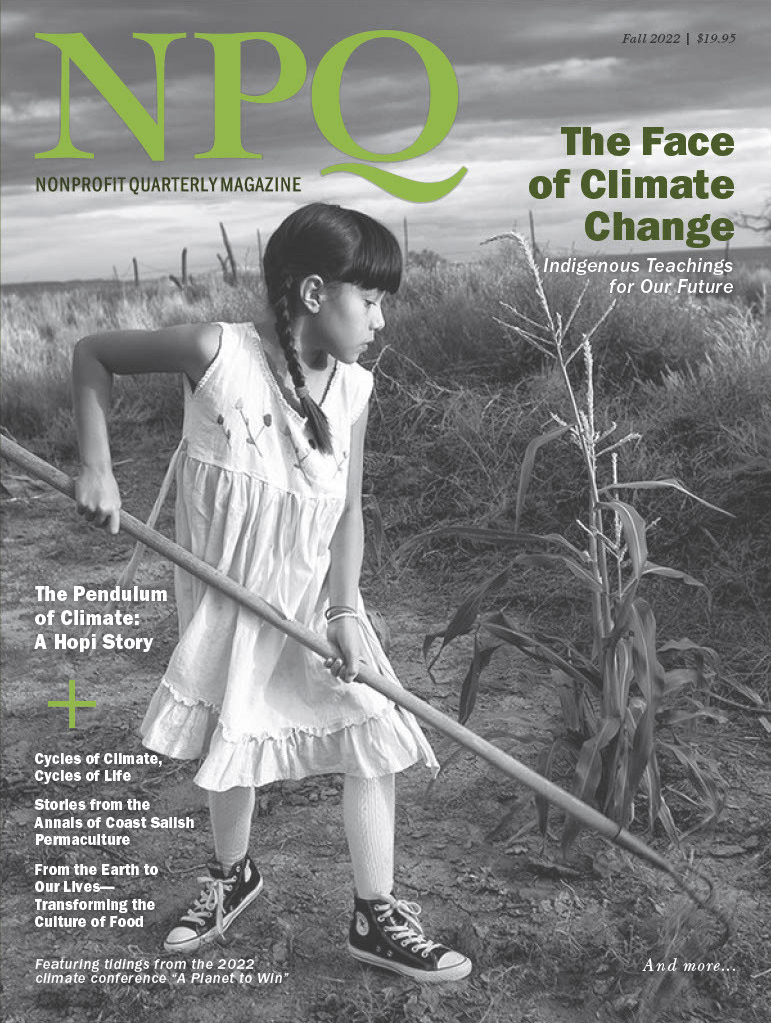
October 27, 2017; Slate (via Wired)
Despite lingering climate change naysayers, including some at the highest levels of government in the United States, increasing extreme weather and “superstorms” threaten some of the nation’s most valuable art collections. The eastern seaboard is home to numerous institutions, including many in New York City and running all the way down to the Florida coast. These threats are fostering innovations in architecture and energy generation that may prove critical to other nonprofits as well.
When the new Renzo Piano–designed Whitney Museum of American Art was being built close to the Hudson River, COO John Stanley had to consider mitigation strategies mid-construction.
Looking back, Stanley says the timing of Superstorm Sandy was actually fortuitous for his museum, the Whitney. Because it was early enough in construction, the team was able to revise its plans with water in mind.
Sign up for our free newsletters
Subscribe to NPQ's newsletters to have our top stories delivered directly to your inbox.
By signing up, you agree to our privacy policy and terms of use, and to receive messages from NPQ and our partners.
“We searched the world for flood experts and engineers,” he says. With the help of WTM Engineers in Hamburg, Germany, the Whitney design team re-evaluated the entire site and, as the Atlantic reported in 2015, built one of the most flood-resilient structures in town.
The revised design incorporates “a 500-foot-long mobile wall that can be constructed in less than seven hours to protect the museum from a storm surge’s impact, and a 14-by-27-foot flood door can withstand the force of a semi-truck floating (or flung) across the West Side Highway.” The plan modifications added a mere $10 million to a $220 million project. Homeowners obviously can’t avail themselves of the kind of investment needed to fully fortify a private residence; however, as stewards of highly valuable donated charitable assets, museums are forced to take extreme precautions.
So, what about institutions that are less able to finance multimillion-dollar retrofit plans? The Rubin Museum of Art in New York’s Chelsea neighborhood has opted to develop a detailed 153-page plan utilizing a human response, rather than an architectural one. The Dalí Museum in Florida escaped serious damage from Hurricane Irma, but the institution knows it holds the responsibility for securing the largest collection of Salvador Dali paintings in the world. That’s a hefty load for any board of directors to take on, but whether your organization houses people or art—disaster plans need to be thought through well in advance of any crisis to minimize loss of assets or loss of life. And this we know: Nonprofits and foundations can be quick to mobilize after a severe incident. “You can call it paranoia, or you can call it strategy,” says Kathy Greif of the Dalí Museum. “I prefer to call it strategy.”
For further resources and planning guides, take a look at the National Council on Foundations’ disaster philanthropy page.— Jeannie Fox













